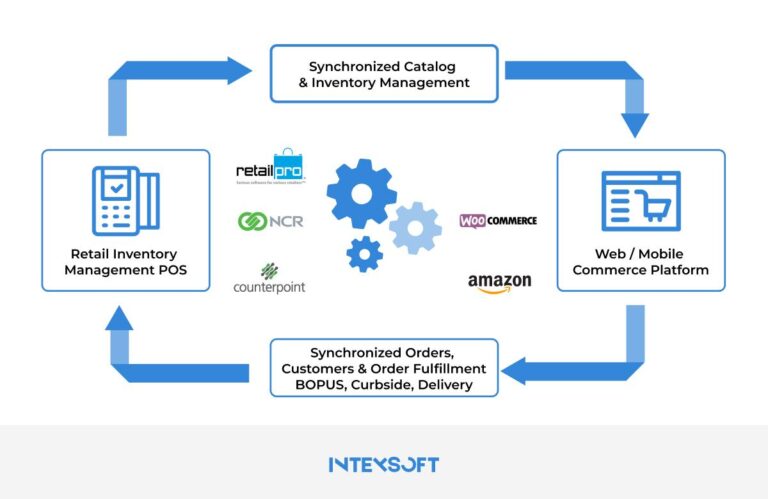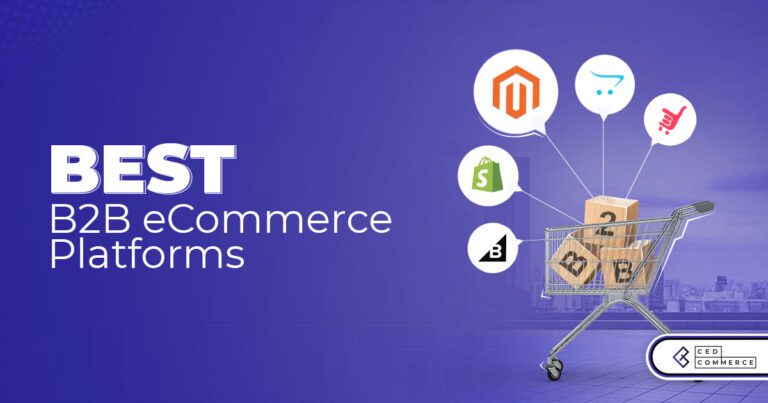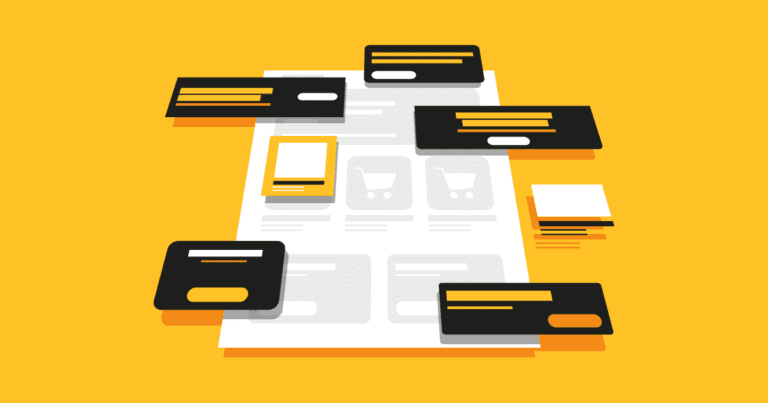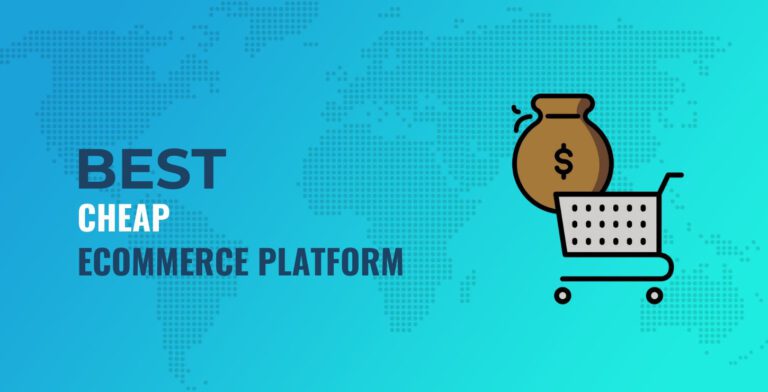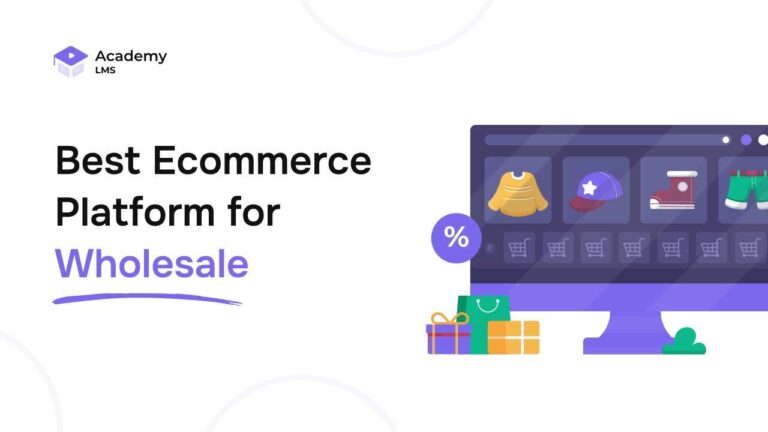Compare Ecommerce Platforms for a Print on Demand Store: Top Picks
Shopify and WooCommerce are top choices for a print on demand store. Shopify is user-friendly, while WooCommerce offers flexibility.
Starting a print on demand store requires a reliable ecommerce platform. The right platform ensures smooth operations and enhances customer experience. Shopify and WooCommerce stand out among the numerous options available. Shopify is known for its simplicity and ease of use, making it a favorite for beginners.
WooCommerce, on the other hand, offers extensive customization options for those familiar with WordPress. Both platforms integrate well with print on demand services, ensuring efficient order processing and fulfillment. Choosing between them depends on your technical skills and specific business needs. Make an informed decision to set your store up for success.
Introduction To Print On Demand
Print on Demand (POD) is transforming the eCommerce landscape. It allows entrepreneurs to sell custom products without holding inventory. This model is especially popular for apparel, accessories, and home decor. Let’s dive into the basics of Print on Demand.
What Is Print On Demand?
Print on Demand is a business model. You create custom designs for products. These products are only produced after a customer places an order. This means no upfront costs for inventory. The POD service handles production and shipping. You can focus on marketing and sales.
Benefits Of Print On Demand
Print on Demand offers many advantages:
- No Inventory Costs: You don’t need to buy products in bulk.
- Low Risk: You only pay for what you sell.
- Unlimited Customization: Create unique designs for your audience.
- Easy Scalability: Expand your product range without extra costs.
- Time-Saving: Focus on marketing, not logistics.
With these benefits, POD is an attractive option. It simplifies the process of starting an online store. Many platforms support Print on Demand. Choosing the right one is crucial for success.
Key Features To Consider
Choosing the right ecommerce platform for a Print on Demand store is crucial. It determines your store’s success. Here are the key features to consider.
Ease Of Use
Ease of use is essential for any ecommerce platform. You need a platform that is user-friendly. This makes setting up your store simple. Look for platforms with drag-and-drop builders. These tools help you customize your store quickly. A user-friendly interface saves time and reduces frustration.
Customization Options
Customization options are vital for your store’s branding. Your store should stand out. Look for platforms offering various themes and design templates. You should be able to change colors, fonts, and layouts. This helps match your store’s look to your brand identity.
Integration Capabilities
Integration capabilities are crucial for a seamless operation. Your ecommerce platform should integrate with print on demand services. It should also work with other tools like payment gateways and marketing tools. Check for integration with popular services like Shopify, WooCommerce, or BigCommerce.
| Feature | Importance | Examples |
|---|---|---|
| Ease of Use | High | Drag-and-drop builders |
| Customization Options | Medium | Themes, Design Templates |
| Integration Capabilities | High | Payment Gateways, Marketing Tools |
Shopify For Print On Demand
Starting a print on demand store can be exciting. Choosing the right platform is crucial. Shopify is a popular choice for many entrepreneurs. It offers a range of features suited for print on demand businesses.
Pros Of Shopify
- Easy to Use: Shopify’s interface is user-friendly. Even beginners can navigate it easily.
- Integration: Shopify integrates with many print on demand services. This includes Printful, Printify, and others.
- Customizable Themes: Shopify offers many themes. You can customize them to fit your brand.
- Mobile-Friendly: All Shopify themes are mobile-responsive. This ensures a smooth experience for mobile users.
- Secure: Shopify provides SSL certificates for security. This helps in building customer trust.
Cons Of Shopify
- Cost: Shopify charges monthly fees. This can add up for small businesses.
- Transaction Fees: Shopify charges transaction fees. These apply if you don’t use Shopify Payments.
- Customization Limits: Some themes have limited customization options. Advanced changes may require coding skills.
- App Costs: Many useful apps are not free. These costs can accumulate over time.
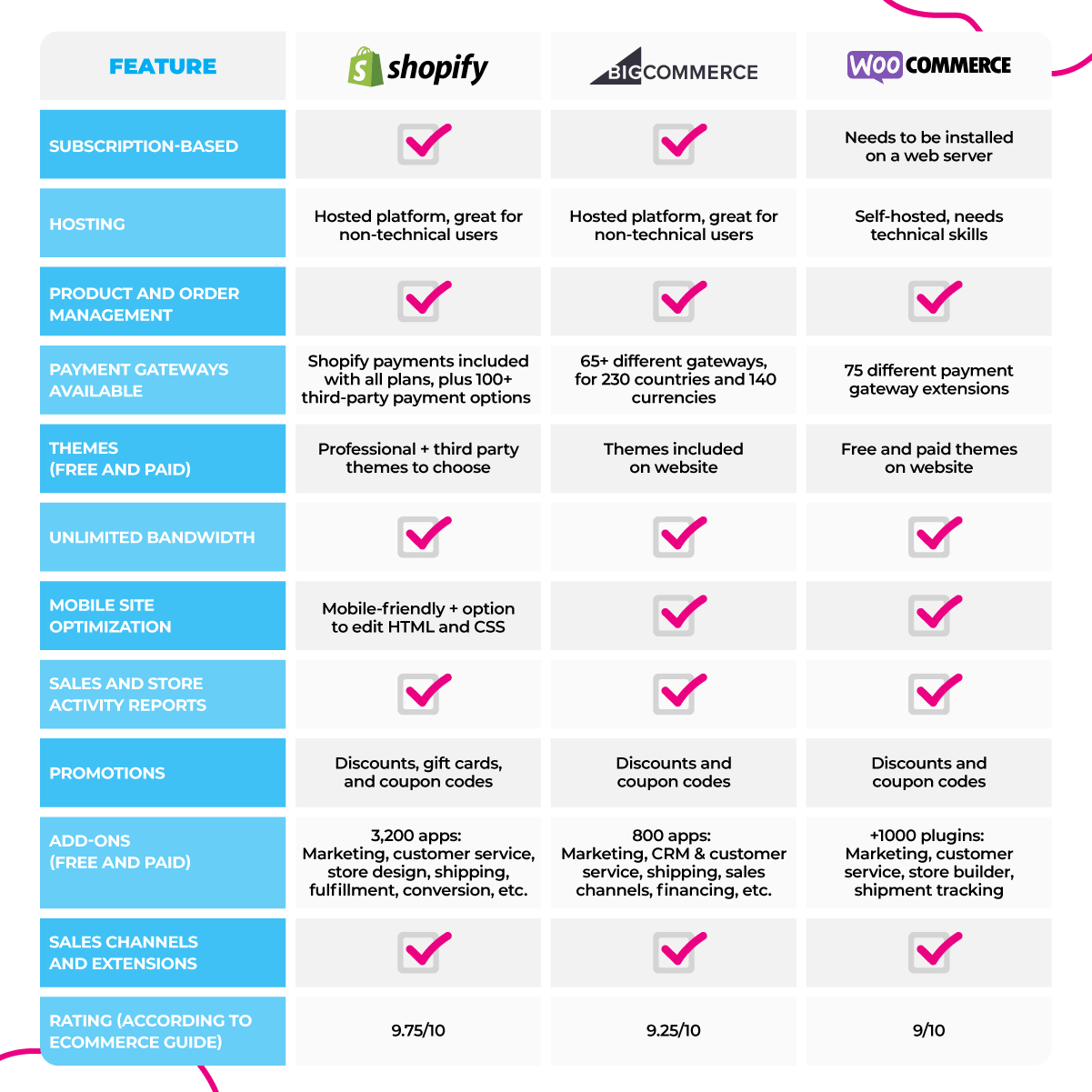
Credit: medium.com
Woocommerce For Print On Demand
Choosing the right platform for a Print on Demand store is crucial. WooCommerce is a popular choice for many entrepreneurs. It integrates seamlessly with WordPress, offering flexibility and customization.
Pros Of Woocommerce
- Highly Customizable: WooCommerce offers many customization options. You can tailor your store to fit your brand perfectly.
- Wide Range of Plugins: There are thousands of plugins. This allows you to add various functionalities easily.
- SEO-Friendly: WooCommerce is built on WordPress. This makes it SEO-friendly out of the box.
- Cost-Effective: WooCommerce itself is free. You only pay for hosting and additional plugins.
- Large Community: There is a large community of developers. This ensures you get support and regular updates.
Cons Of Woocommerce
- Requires Technical Skills: Setting up WooCommerce can be technical. You may need some coding knowledge.
- Performance Issues: WooCommerce can slow down if not optimized. This requires you to manage your site efficiently.
- Additional Costs: Many plugins and themes are not free. This can increase your overall costs.
- Security Risks: Being a popular platform, it can be a target for hackers. You need to ensure proper security measures.
- Maintenance: Regular updates and backups are necessary. This can be time-consuming.
| Pros | Cons |
|---|---|
| Highly Customizable | Requires Technical Skills |
| Wide Range of Plugins | Performance Issues |
| SEO-Friendly | Additional Costs |
| Cost-Effective | Security Risks |
| Large Community | Maintenance |
Etsy For Print On Demand
Choosing the right ecommerce platform for your print-on-demand store is crucial. Etsy is a popular option, especially for unique and handmade items. This section explores the pros and cons of using Etsy for your print-on-demand business.
Pros Of Etsy
- Large Customer Base: Etsy has millions of active buyers.
- Ease of Use: Setting up a store is simple and quick.
- Low Initial Costs: Etsy charges small listing fees.
- Built-In Traffic: Etsy handles marketing and SEO for you.
- Trusted Platform: Buyers trust Etsy, which can boost sales.
Cons Of Etsy
- High Competition: Many sellers offer similar products.
- Listing Fees: Fees add up with many listings.
- Limited Customization: Store customization options are limited.
- Commission Fees: Etsy takes a percentage of each sale.
- Strict Policies: Non-compliance can lead to store suspension.
| Feature | Pros | Cons |
|---|---|---|
| Customer Base | Millions of active buyers | High competition |
| Costs | Low initial costs | Fees add up |
| Customization | Simple setup | Limited options |
| Fees | Small listing fees | Commission on sales |
| Policies | Trusted platform | Strict compliance |
Choosing Etsy for your print-on-demand store has benefits and drawbacks. Consider these points before making your decision.
Bigcommerce For Print On Demand
BigCommerce is a powerful ecommerce platform that is ideal for print-on-demand stores. It offers a range of features that make it easy to set up and manage your store. Let’s dive into the specifics of using BigCommerce for your print-on-demand business.
Pros Of Bigcommerce
- Ease of Use: BigCommerce has an intuitive interface. Even beginners can navigate it easily.
- Scalability: BigCommerce can grow with your business. It handles large catalogs and high traffic well.
- Integration: BigCommerce integrates with various print-on-demand services like Printful and Printify.
- SEO Tools: It offers built-in SEO features. You can optimize your store for search engines.
- Customizable Themes: BigCommerce provides customizable themes. You can create a unique store design.
- Customer Support: BigCommerce offers 24/7 customer support. Help is always available when you need it.
Cons Of Bigcommerce
- Pricing: BigCommerce can be expensive for small businesses. The plans are pricier compared to some competitors.
- Learning Curve: Despite its user-friendly interface, mastering all features can take time.
- Limited Themes: The free themes are limited. Premium themes can be costly.
- Transaction Fees: BigCommerce does not charge transaction fees. However, some integrations may include extra costs.
Comparing Costs
Understanding the costs associated with different eCommerce platforms is essential. In this section, we’ll break down the costs of running a print-on-demand store. We’ll look at subscription fees, transaction fees, and other additional costs. This will help you make an informed decision.
Subscription Fees
Subscription fees are the costs you pay to use the platform. These fees can vary greatly. Here’s a comparison:
| Platform | Basic Plan | Advanced Plan |
|---|---|---|
| Shopify | $29/month | $299/month |
| WooCommerce | Free (with hosting costs) | Varies |
| Printful | Free | Varies (optional upgrades) |
| Teespring | Free | Free |
Transaction Fees
Transaction fees are the costs per sale made on the platform. These fees can affect your profit margins. Here’s a breakdown:
- Shopify: 2% per transaction (Basic Plan)
- WooCommerce: Depends on the payment gateway
- Printful: No transaction fees, but processing fees apply
- Teespring: No transaction fees
Additional Costs
There are other costs to consider. These include domain names, themes, and plugins. Here’s a list of potential additional costs:
- Domain Name: $10 – $15/year
- Premium Themes: $50 – $200 (one-time or yearly)
- Plugins: $5 – $100/month
- Marketing Tools: Varies
These additional costs can add up. It’s important to budget for them. This will ensure your store remains profitable.
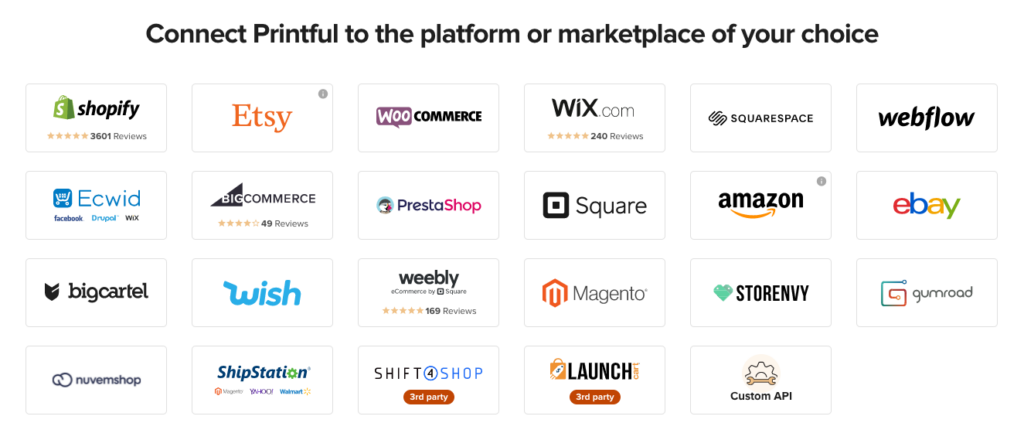
Credit: www.michaelessek.com
Choosing The Right Platform
Setting up a print-on-demand store? Choosing the right ecommerce platform is crucial. Your choice will impact your store’s success. Below, we explore how to make the best decision.
Business Goals
First, define your business goals. Are you aiming for a small niche market or a broad audience? Knowing your goals helps you pick the right features.
- Small niche market: Look for platforms with customizable options.
- Broad audience: Choose a platform with robust marketing tools.
Scalability Needs
Your business might grow. Ensure your platform can scale with you. Some platforms offer more scalability features than others.
| Feature | Small Store | Growing Store | Large Store |
|---|---|---|---|
| Product Management | Basic | Intermediate | Advanced |
| Customer Support | Email and Chat | Email, Chat, and Phone | |
| Marketing Tools | Limited | Moderate | Extensive |
Support And Resources
Support is vital, especially if you are new to ecommerce. Look for platforms with strong support and resources.
- Help Center: Does the platform offer a comprehensive help center?
- Community Forums: Can you access community support?
- Customer Service: Is there 24/7 customer service available?
Good support can save you time and headaches.

Credit: www.linkedin.com
Frequently Asked Questions
Which Ecommerce Platform Is Best For Print On Demand?
Shopify is often considered the best for print-on-demand. It offers numerous integrations with POD services, making it user-friendly and efficient.
Is Woocommerce Good For Print On Demand?
Yes, WooCommerce is great for print-on-demand. It provides flexibility and integrates well with various POD plugins, making it a popular choice.
Can I Use Bigcommerce For Print On Demand?
Absolutely, BigCommerce is suitable for print-on-demand. It supports various POD apps and offers robust ecommerce features to streamline your operations.
How Does Etsy Compare For Print On Demand?
Etsy is excellent for print-on-demand. It’s user-friendly, has a large audience, and integrates well with POD services, making it ideal for artisans.
Conclusion
Choosing the right ecommerce platform is crucial for your print-on-demand store. Compare features, costs, and integrations carefully. Each platform offers unique benefits tailored to different needs. Make an informed decision to ensure your business thrives. With the right choice, you’ll maximize efficiency and boost sales.

